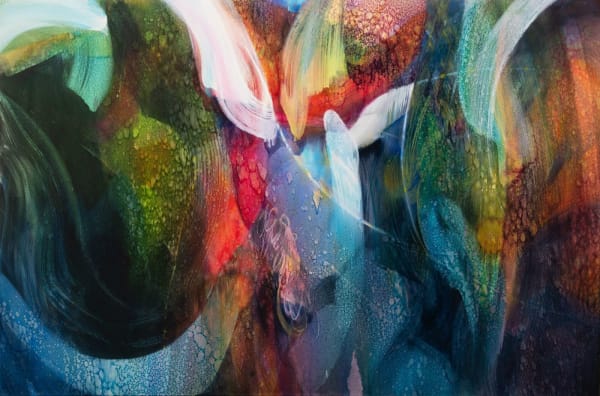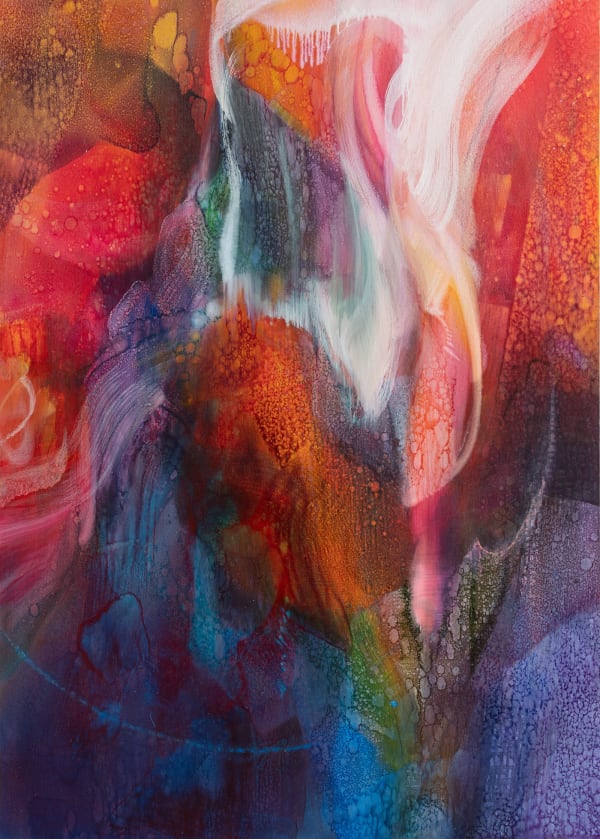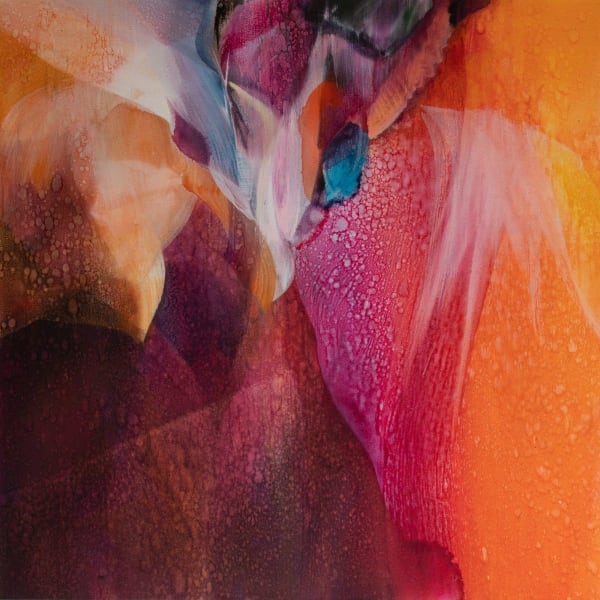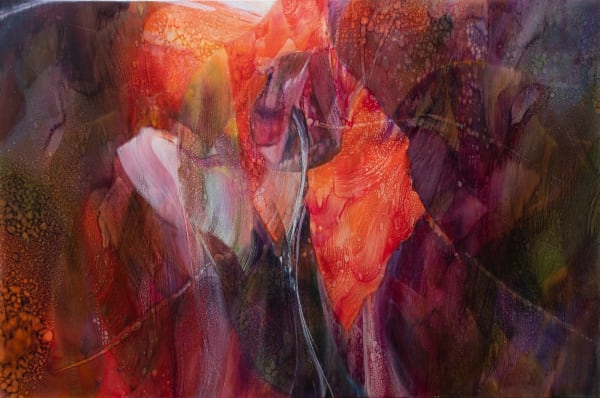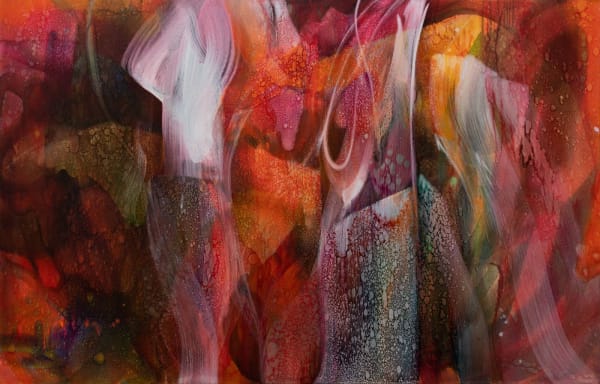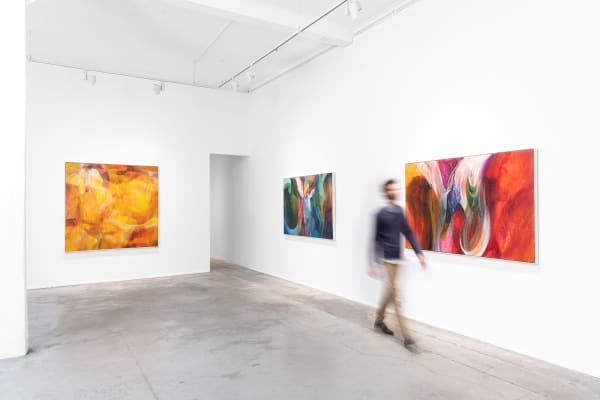Ian Greig: That Which...
-
 Ian GreigBecause the Wind is High, 2019oil on canvas112 x 112 cm, 114.5 x 114.5 cm (framed)
Ian GreigBecause the Wind is High, 2019oil on canvas112 x 112 cm, 114.5 x 114.5 cm (framed) -
 Ian GreigBefore the Present is Past, 2020oil on canvas111.5 x 167.5 cm, 113.5 x 169.5 cm (framed)
Ian GreigBefore the Present is Past, 2020oil on canvas111.5 x 167.5 cm, 113.5 x 169.5 cm (framed) -
 Ian GreigIt Is What It Is, 2021oil on linen140.5 x 100 cm, 142.5 x 102.5 cm (framed)
Ian GreigIt Is What It Is, 2021oil on linen140.5 x 100 cm, 142.5 x 102.5 cm (framed) -
 Ian GreigMaybe Someday, 2021oil on canvas100 x 100 cm, 102 x 102 cm (framed)
Ian GreigMaybe Someday, 2021oil on canvas100 x 100 cm, 102 x 102 cm (framed) -
 Ian GreigNow That the Past Has Gone, 2020oil on canvas100 x 100 cm, 102 x 102 cm (framed)
Ian GreigNow That the Past Has Gone, 2020oil on canvas100 x 100 cm, 102 x 102 cm (framed) -
 Ian GreigOf Memories More True, 2021oil on canvas152 x 137 cm, 154 x 139 cm (framed)
Ian GreigOf Memories More True, 2021oil on canvas152 x 137 cm, 154 x 139 cm (framed) -
 Ian GreigRemain in Light II, 2021oil on canvas167.5 x 111.5 cm, 169.5 x 113.5 cm (framed)
Ian GreigRemain in Light II, 2021oil on canvas167.5 x 111.5 cm, 169.5 x 113.5 cm (framed) -
 Ian GreigThat Which Always Will Be, 2021oil on canvas11.5 x 168 cm, 113.5 x 169.5 cm (framed)
Ian GreigThat Which Always Will Be, 2021oil on canvas11.5 x 168 cm, 113.5 x 169.5 cm (framed) -
 Ian GreigThat Which Never Had Been, 2021oil on canvas111.5 x 168 cm, 113.5 x 169.5 cm (framed)
Ian GreigThat Which Never Had Been, 2021oil on canvas111.5 x 168 cm, 113.5 x 169.5 cm (framed) -
 Ian GreigThat Which Never Was, 2021oil on canvas110 x 170 cm, 112 x 172 cm (framed)
Ian GreigThat Which Never Was, 2021oil on canvas110 x 170 cm, 112 x 172 cm (framed) -
 Ian GreigThe Space Between Us, 2021oil on linen75.5 x 75.5 cm, 78 x 78 cm (framed)
Ian GreigThe Space Between Us, 2021oil on linen75.5 x 75.5 cm, 78 x 78 cm (framed) -
 Ian GreigThe Way Things Were, 2021oil on canvas110 x 170 cm, 112 x 172 cm (framed)
Ian GreigThe Way Things Were, 2021oil on canvas110 x 170 cm, 112 x 172 cm (framed) -
 Ian GreigWhat Was It You Wanted, 2021oil on canvas110 x 170 cm, 112 x 172 cm (framed)
Ian GreigWhat Was It You Wanted, 2021oil on canvas110 x 170 cm, 112 x 172 cm (framed)
When we speak about his most recent body of work, I ask Ian Grieg about the embodiment – the daily material detail – of his studio practice. Refreshingly, he emphasizes the pleasure that structures his process of painting: the viscous flow of movement and of feeling when working, and the richness of the work beyond the bare materials which make it up. To ears attuned to the parlance of contemporary art, ‘pleasure’ might sound a note quite different to the impenetrable irony which characterizes much artmaking, or talk of it, in this century. As such, in this word is condensed both the art-historical awareness, and the originality, of Grieg’s thinking and making.
Greig teaches aesthetic theory at the National Art School. An enduring interest within his academic field has been the relationship between the material and immaterial, traceable through the history of art to antiquity. His work has often been described in these terms: as a poetic mediation between the spiritual and the earthly, or perhaps even as the permeation of the particular by something universal. Greig cites Kandinsky as a key figure of interest here, and indeed these latest works do take after his use of highly saturated colour, with an emphasis on primary reds, blues, and yellows.
These paintings, however, were created more intuitively than any situating of them in an historical context might suggest. His painting is much more a process of looking, feeling, and moving than it is of thinking: ‘That’s part of the pleasure too,’ he says. ‘You just enter a particular zone – that’s the Holy Grail of creativity, where it’s simply happening.’ Reference to ‘holiness’ is apposite, here, as a description both of Greig’s working method and of a key formal astonishment of the work: the glass-like quality of the colour, in both its fever-pitch vibrancy and its translucence, makes looking at these works feel like gazing up at the stained windows of a church. Occasionally, an especially shocking light will shine through, as in the bioluminescent blue against the depths of The Way Things Were. To look through a glass darkly, here, is to see a beauty which means something – though what that something is might best be left to the painter and to the viewer.
Many of these paintings have been taken up after long periods of sitting, not quite resolved, in Greig’s studio. Over what has now been almost two years of pandemic time, the linear progression of one minute, day, or month to the next has been interrupted. Greig describes his sense of this as a constant – almost absurdist – eternal waiting, a temporal limbo of which interminable delay is the only reliable feature. During this period, he has returned to past work, bringing it to resolution. Discussing what these works are ‘about’ – which is mostly a discussion of ‘aboutness’ and its shortcomings as a way of looking at art – the most satisfying answer that Greig lands on is time. Across the fields of these canvases is laid the passing of time, sometimes in a mercurial stream, and sometimes in fits and starts – and yet a sense of finitude is not quite what Greig has created in his painterly resolutions. Instead, we might think of these works not just as resolved, but as revolved: turned over themselves, constantly in a motion which is at once towards the future and ever into the artist’s and the art historical past – and always, as he tellingly puts it in the continuous present, ‘simply happening.’
Erin McFadyen
Arts Writer & Deputy Editor of Artist Profile

